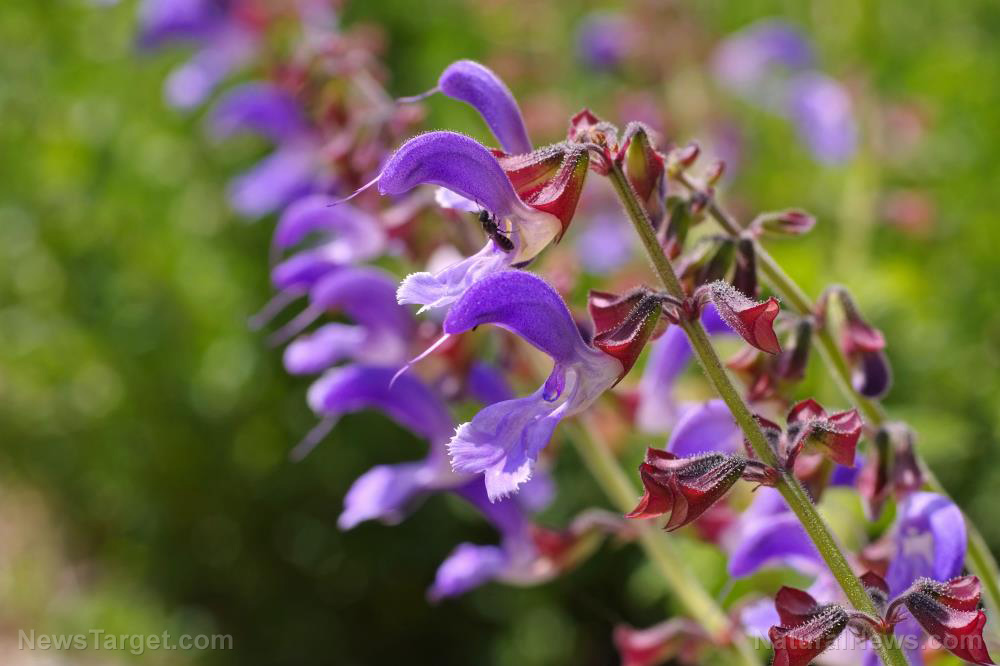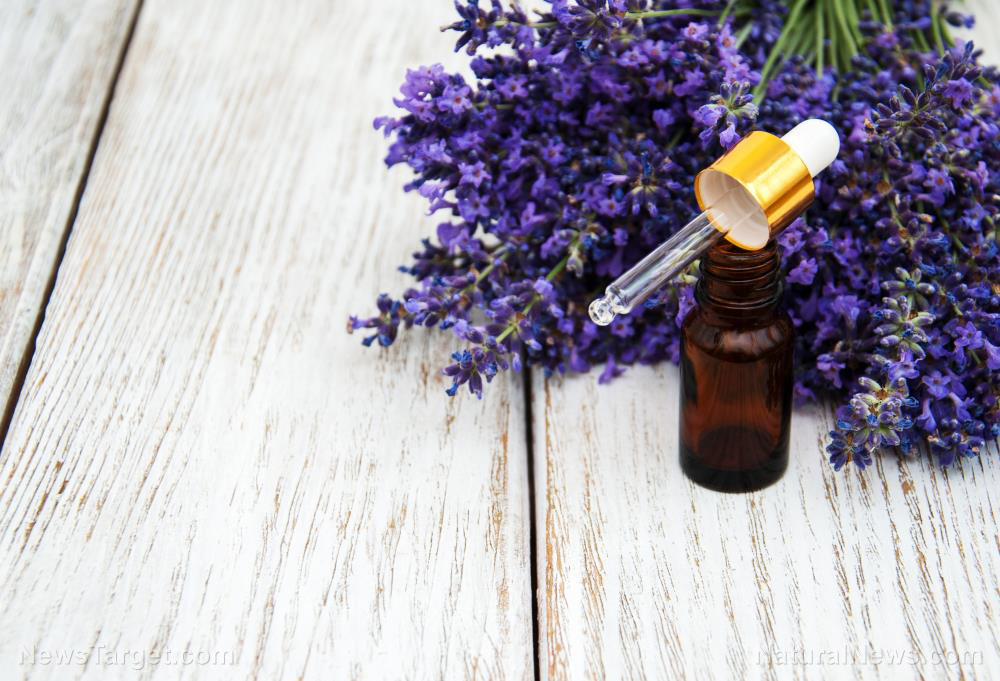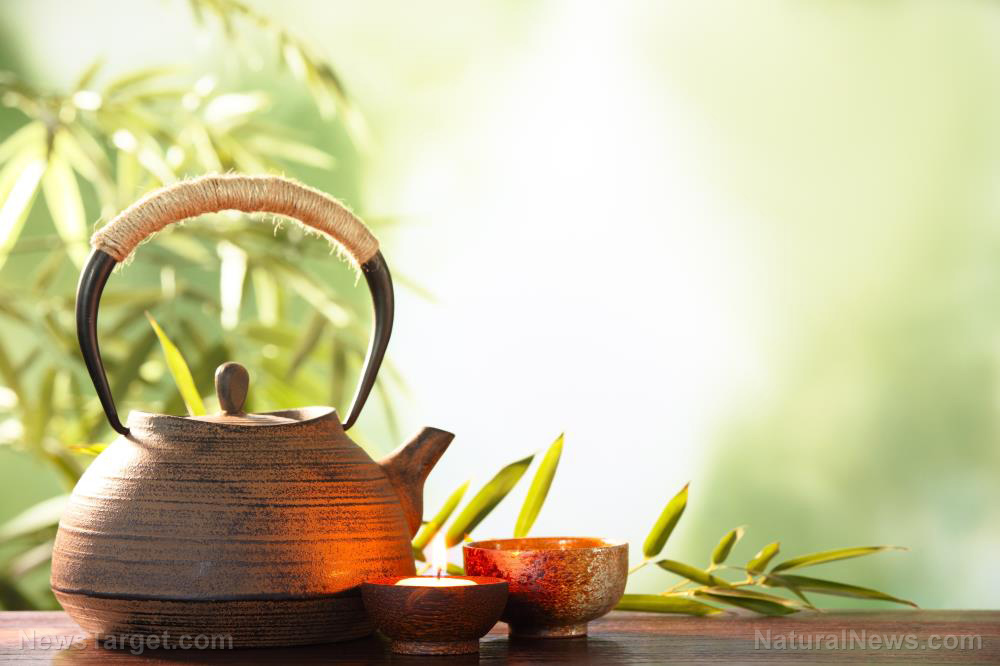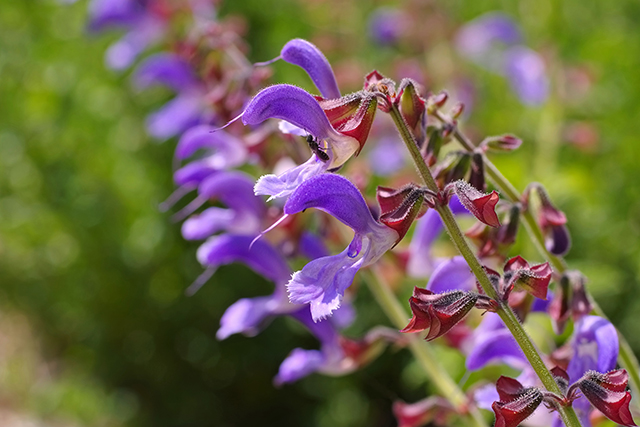Traditional Chinese medicine found to demonstrate extraordinary anticancer activity
01/20/2019 / By Zoey Sky

Researchers are continually looking for natural alternatives to pharmaceutical drugs, which are often linked to negative side effects. According to a study, dry resin from the gamboge (Garcinia hanburyi) tree can potentially be used to develop a safe and natural cure for cancer.
The study, which was published in the Chinese Journal of Natural Medicines, was conducted by scientists from Zhongda Hospital at the School of Medicine of Southeast University in China.
Neogambogic acid’s anticancer properties
In this study, a team of researchers worked with garcinia resin taken from the gamboge tree. They set out to determine if the resin does indeed have potent anticancer and anti-inflammatory properties that can be used to develop effective and natural cures for conditions such as cancer, minus the negative side effects of prescription drugs.
Garcinia resin is often used in traditional Chinese medicine due to its many biological functions, such as anthelmintic, anti-inflammatory, and detoxification activities. (Related: Garcinia kola and Allium sativum found to be effective alternative antimicrobials for respiratory pathogens.)
Data from earlier studies suggest that garcinia resin has anticancer activity, and a growing body of evidence shows that the main active monomer gambogic acid isolated from garcinia may be used to inhibit the growth of various cancer cells.
For the study, the team of researchers outlined the scientific discoveries concerning the anti-tumor effect of neogambogic acid over the past few years. The team also ran various tests on neogambogic acid, which is an isolated compound with a similar chemical structure to gambogic acid.
The power of the elements: Discover Colloidal Silver Mouthwash with quality, natural ingredients like Sangre de Drago sap, black walnut hulls, menthol crystals and more. Zero artificial sweeteners, colors or alcohol. Learn more at the Health Ranger Store and help support this news site.
Using information from the preliminary studies, the researchers were able to validate the fact that neogambogic acid can selectively inhibit the growth of various cancer cells. Additionally, the potent compound also had lower toxicity compared to gambogic acid.
The researchers are hopeful that neogambogic acid derived from garcinia resin can one day be used to formulate safe and effective cures for cancer and inflammation.
Fast facts on gamboge
Gamboge (Garcinia hanburyi) is an evergreen. A small to medium-sized tree, gamboge can grow up to 15 meters tall.
- Gamboge is cultivated in Asia for its a gum resin. The plant itself is not cultivated while the gum is harvested from wild trees.
- In traditional medicine, gamboge resin was used as a drastic purgative, an emetic, and a vermifuge for treating tapeworms. However, the resin can be fatal when taken in large doses. Because of this, the resin is no longer used in human medicine.
- Gamboge grows in Southeast Asian countries such as Cambodia, Laos, Thailand, and Vietnam.
- Gamboge thrives in rainforests, at elevations up to 800 meters.
- The trees are not usually tapped before they are 20 years old. By this time the trunk of the gamboge tree has attained a diameter of about 15 centimeters (cm).
- To collect the resin, spiral incisions are made in the trunk just below the lowest branches. The resin is then collected in a bamboo container. After every three days, the collected resin is poured into smaller bamboo stem parts at least 75 cm long. The resin is allowed to coagulate for a month or longer. When collecting the resin, the bamboo containers are cracked. The gamboge is removed in cylindrical sticks called “pipe gamboge.” Gamboge can also be molded and pressed into cakes.
- The gum-resin obtained from this G. hanburyi is often called Siamese gamboge to distinguish it from a similar product from the bark of G. Morella, Indian gamboge.
- Gamboge resin is odorless and tasteless or slightly acid.
You can read more articles about scientific discoveries concerning other natural anticancer remedies at Cancer.news.
Sources include:
Tagged Under: alternative medicine, anti-inflammatory, anticancer, cancer risk reduction, Chinese medicine, G. hanburyi, gamboge, Garcinia, Garcinia hanburyi, Hanbury's garcinia, men's health, natural cures, natural medicine, neogambogic acid, Oncology, research, women's health



















